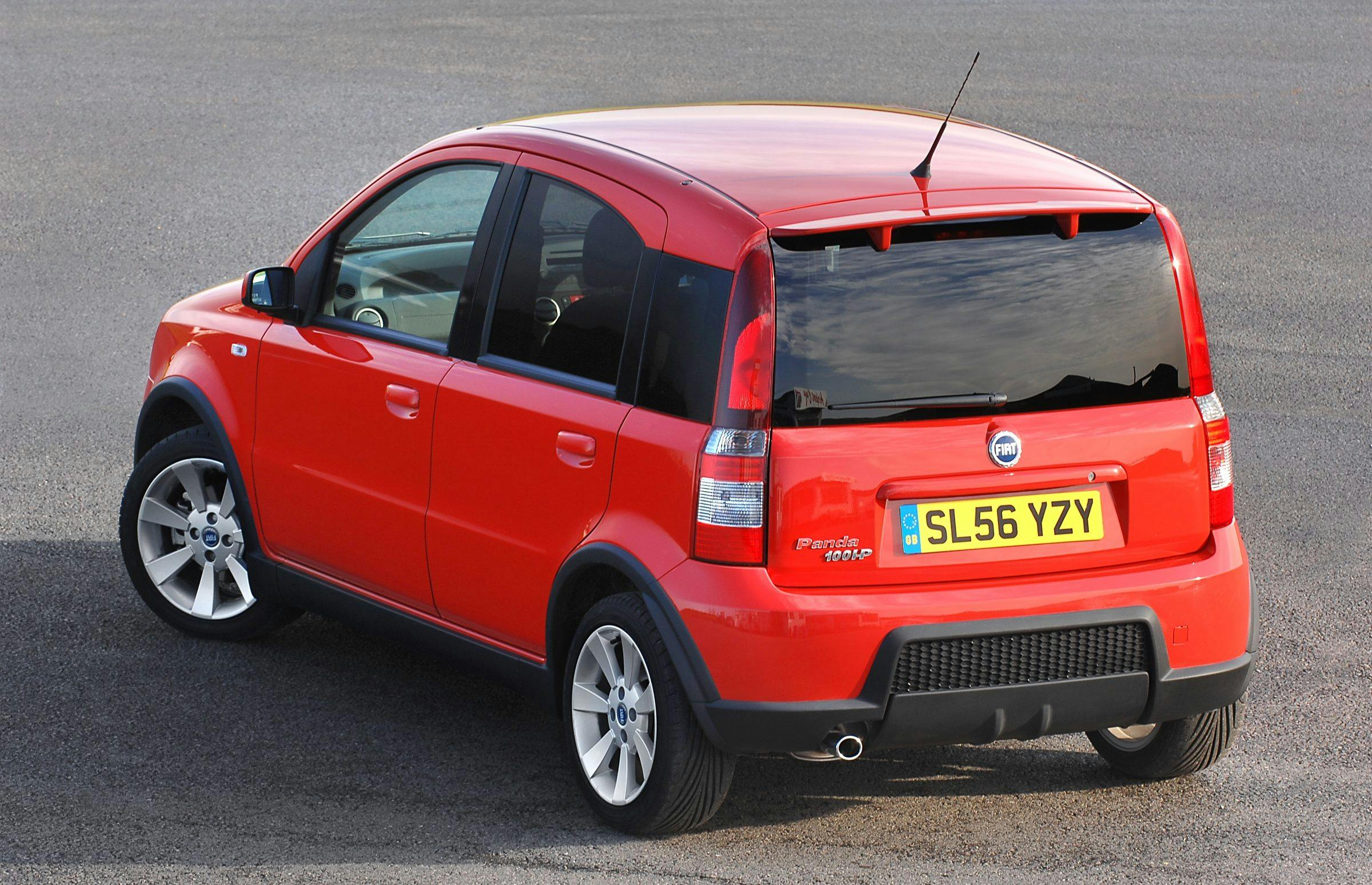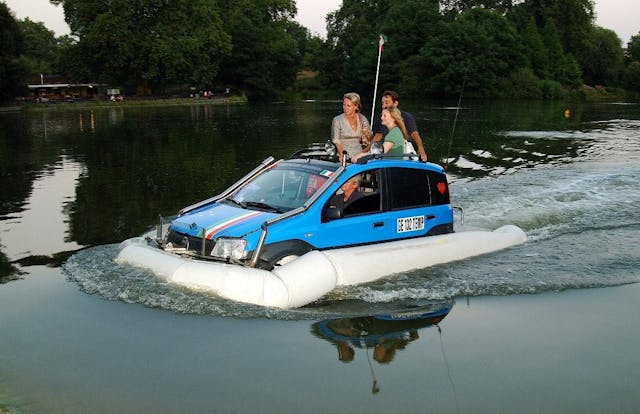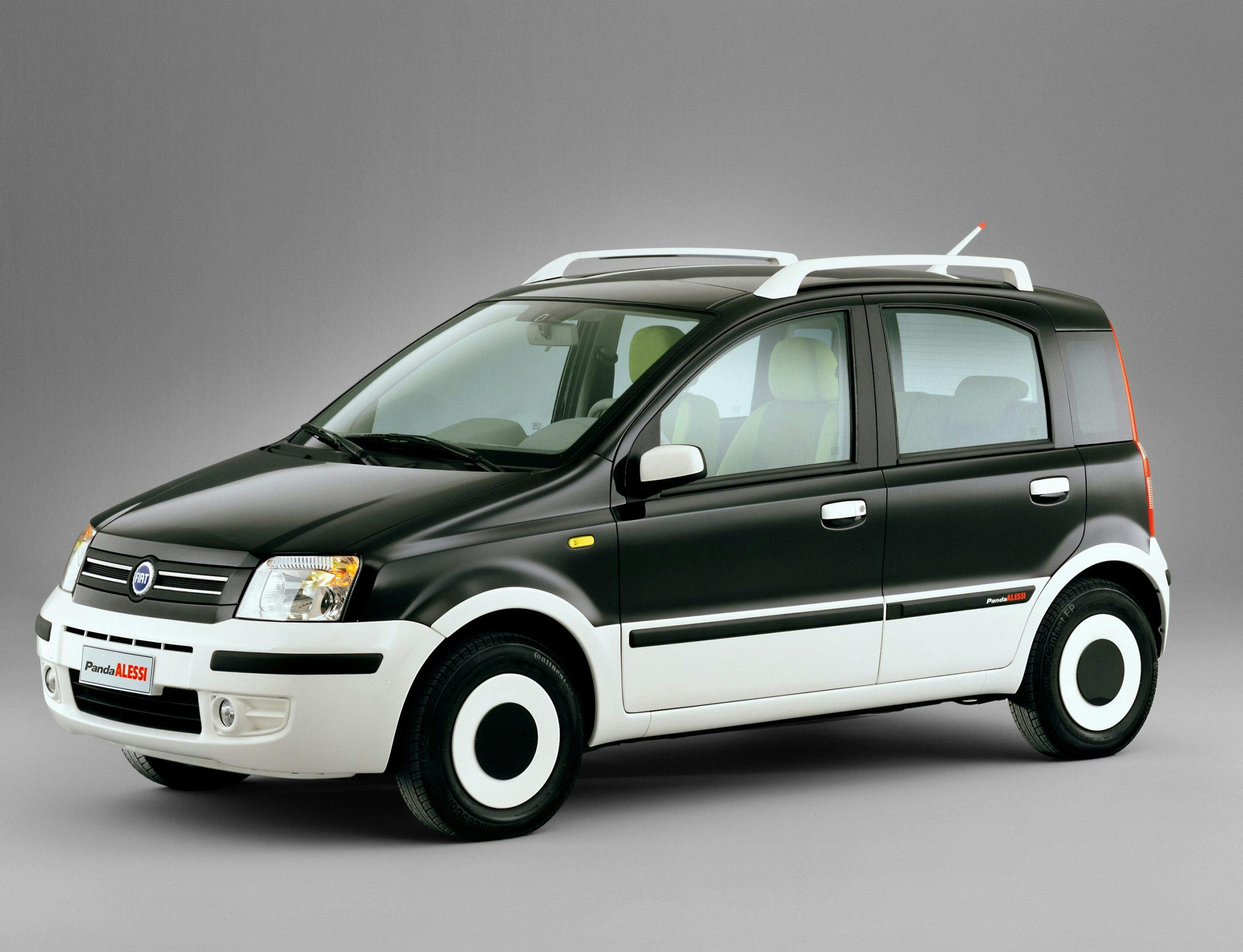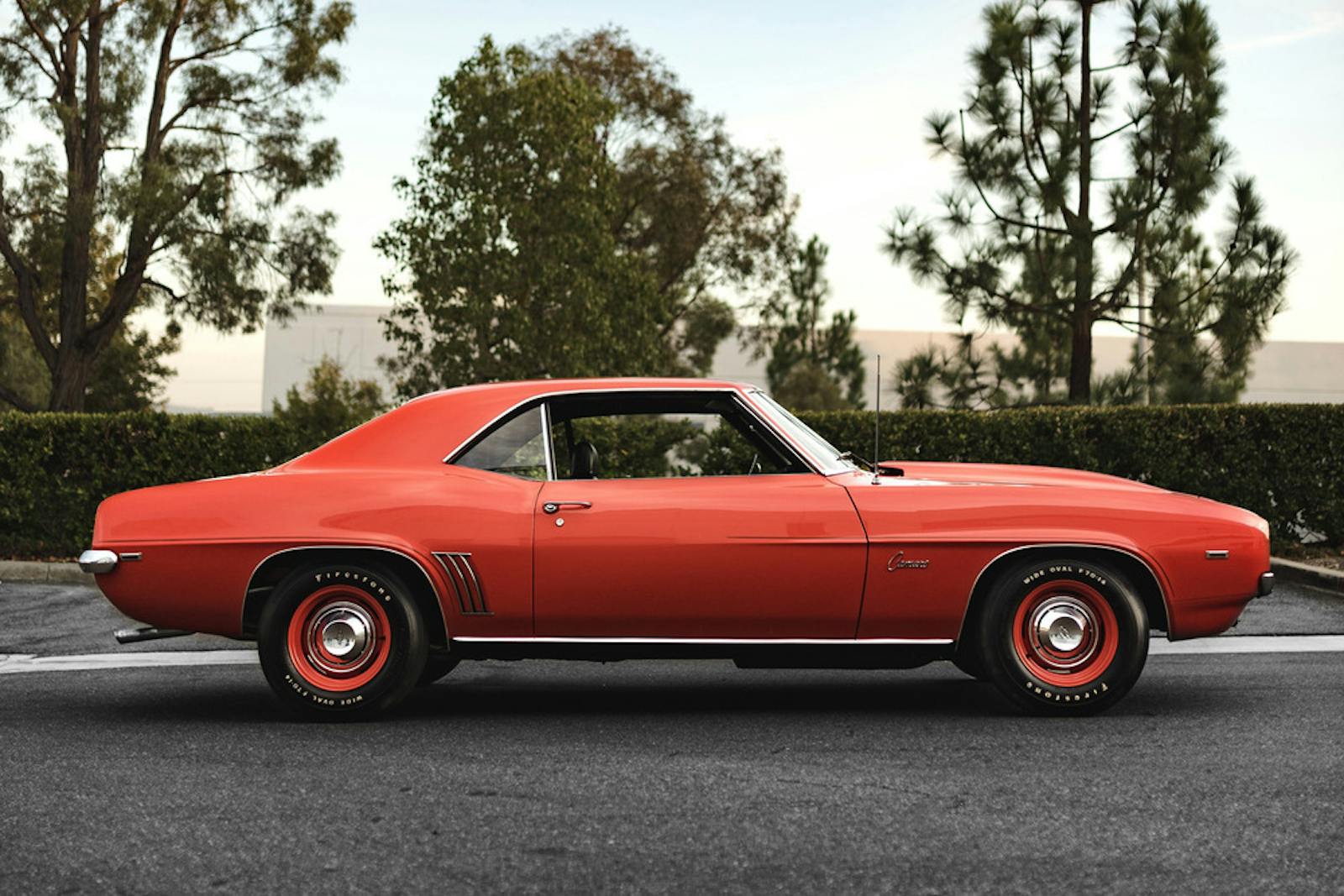Small in size, big on charm: 40 years of the Fiat Panda
Fiat’s Panda city car might be tiny but it has a big personality. In fact, make that personalities plural.
The Panda began life as cheap transport for the Italian masses, but over the last 40 years it’s taken many quirky twists and turns. Although the journey never brought the Panda to the United States, there’s still much to celebrate.
The original

It may look like it was drawn on the back of a cigarette pack—it may even resemble said pack—but the Panda was penned by no less than Giorgietto Giugiaro of ItalDesign. You know, the man that designed the Lotus Esprit, Maserati Ghibli, Bora, and Merak. In 1980 the boxy Panda was all about function over form, like the Citroen 2CV and Renault 4 that came before. It was ridiculously compact, but roomy enough inside for four, with flimsy hammock-inspired seats and a rear bench that could be removed in a matter of seconds to turn the Panda into a van. Under the hood was either a 652-cc air-cooled two-cylinder or a 903-cc water-cooled four. Performance was not a word associated with the Panda, with the highest output engine struggling to muster 45 hp.
The adventurer
In 1983 the Panda got serious go-anywhere ability thanks to Steyr-Puch (makers of the Mercedes-Benz G-Wagen) who added a 4×4 system, including a crawler gear, to the little Fiat. It proved hugely popular with farmers, city-slickers and adventurers. In 2007 Fiat even entered two Pandas in the Dakar Rally (above right). A year later the Panda Raid was established in Spain, which sees pre-2003 Pandas battle the Sahara desert every year (above left). These little cars are just unstoppable. Even water won’t get in the way, as proven by the Panda Terramare 4 (top) which crossed 25 nautical miles of the English Channel in 2006, with a little modification from Italian engineer Maurizio Zanisi.
The eco warrior

The 500E wasn’t Fiat’s first foray into the EV world. Back in 1990 the Panda Elettra was born with a range of around 60 miles from 12 six-volt lead acid batteries under the hood and in the trunk. Again it was Steyr-Puch who did the re-engineering, which saw the four-speed transmission retained, but the rear seats removed. Top speed was a paltry 45 mph. Amazingly, with some modifications along the way, the Panda Elettra remained in production until 1998.
The pocket rocket

The second generation Panda grew up a bit when it arrived in 2003. It gained two extra doors and meatier motors of 1.1 and 1.2 liters. In 2006 Fiat installed a 1.4-liter 16-valve engine to create the 100HP—named, of course, for its engine output. Lower, stiffer, wider and wearing 15-inch alloys the Panda 100HP was an absolute hoot to drive as it still weighed little more than Giugiaro’s cigarette pack. The current Panda launched in 2012 and went back to its roots with an available 0.9-liter two-cylinder TwinAir engine. This time the unit was turbocharged which gave it surprising vim and a soundtrack like no other. Unfortunately, keeping the engine on boost rendered Fiat’s claims for exceptional fuel economy completely redundant.
The Fashion Victim
We all know the Italians have an eye for fashion and Fiat is no exception. It has collaborated with a wide range of ateliers over the last 40 years to create special edition Pandas including the two-tone Alessi (above left) and the luxurious Trussardi (above right). Sportier Panda tie-ups have also included Dainese, Ducati and Rossignol.
The Panda has certainly evolved over its four decades and, with rumors of an all-electric model coming hot on the heels of the new 500E, we’re pleased to say it looks safe from extinction for a while yet.






